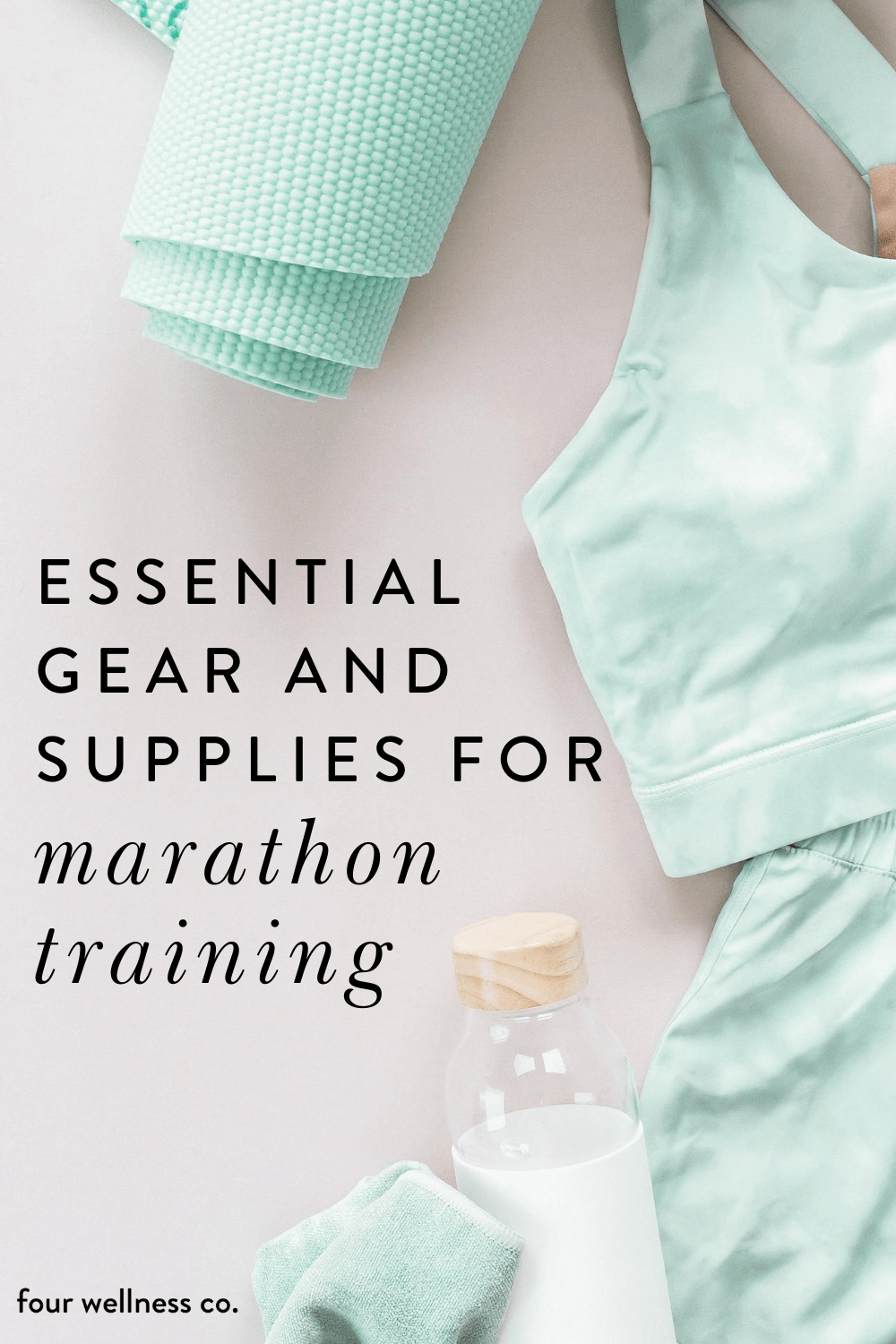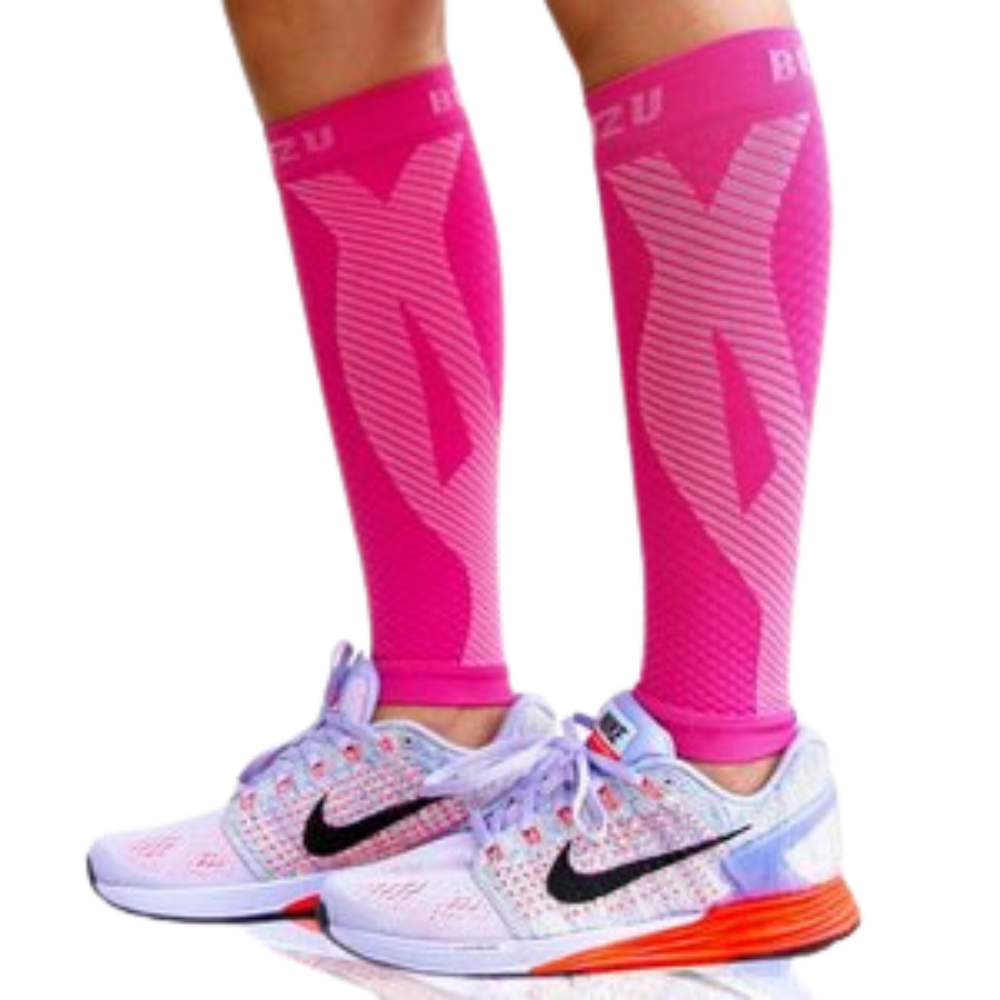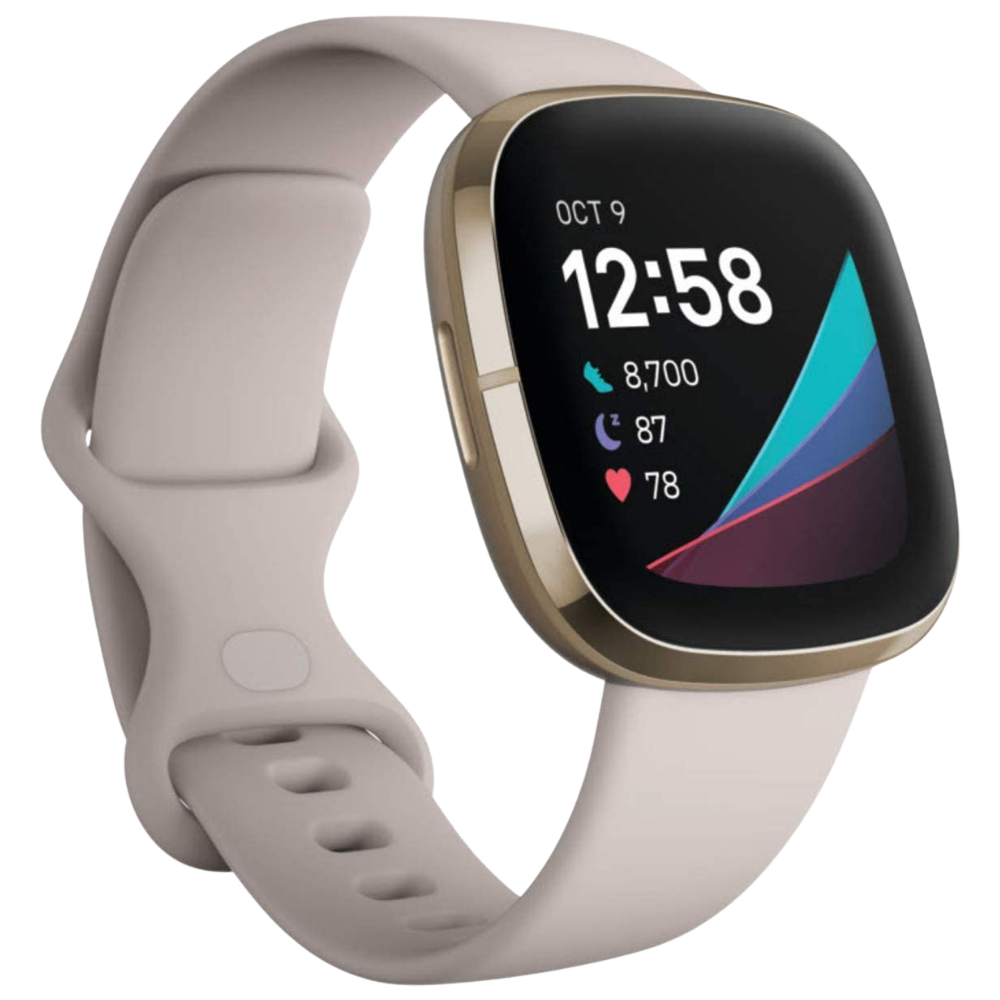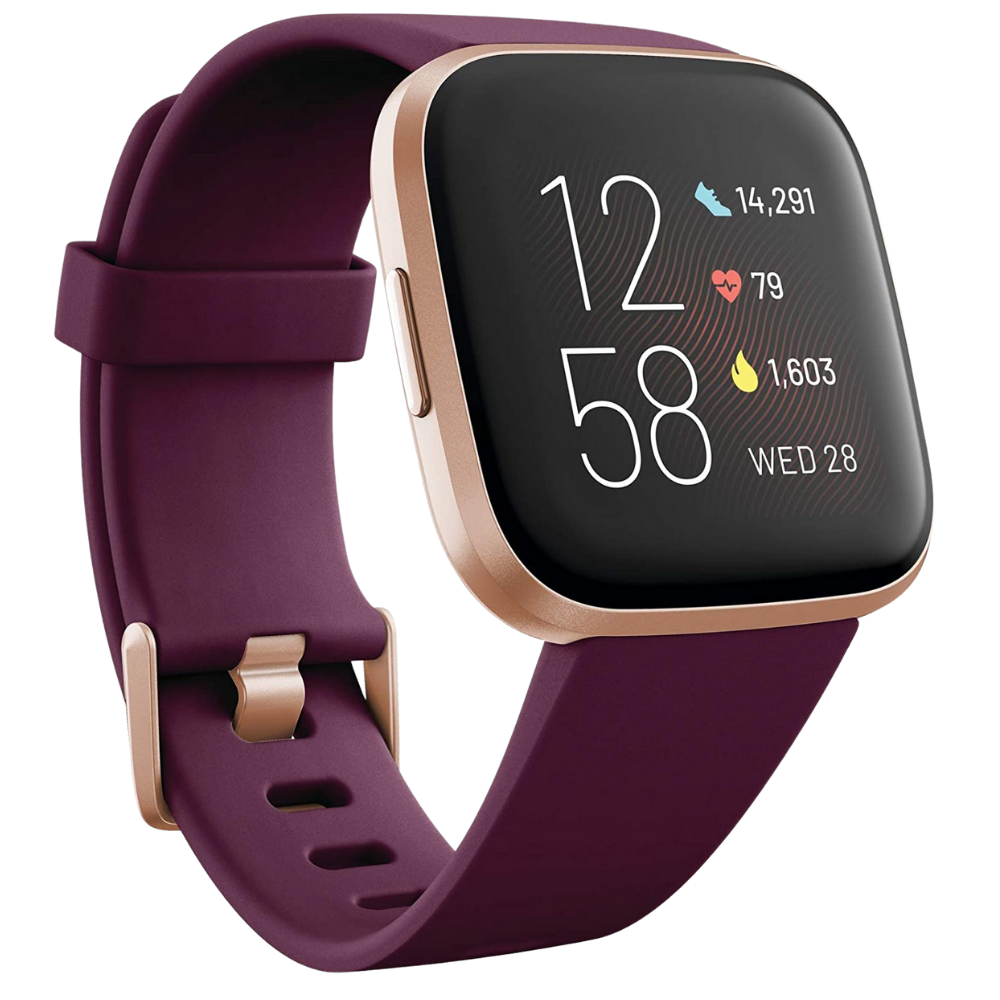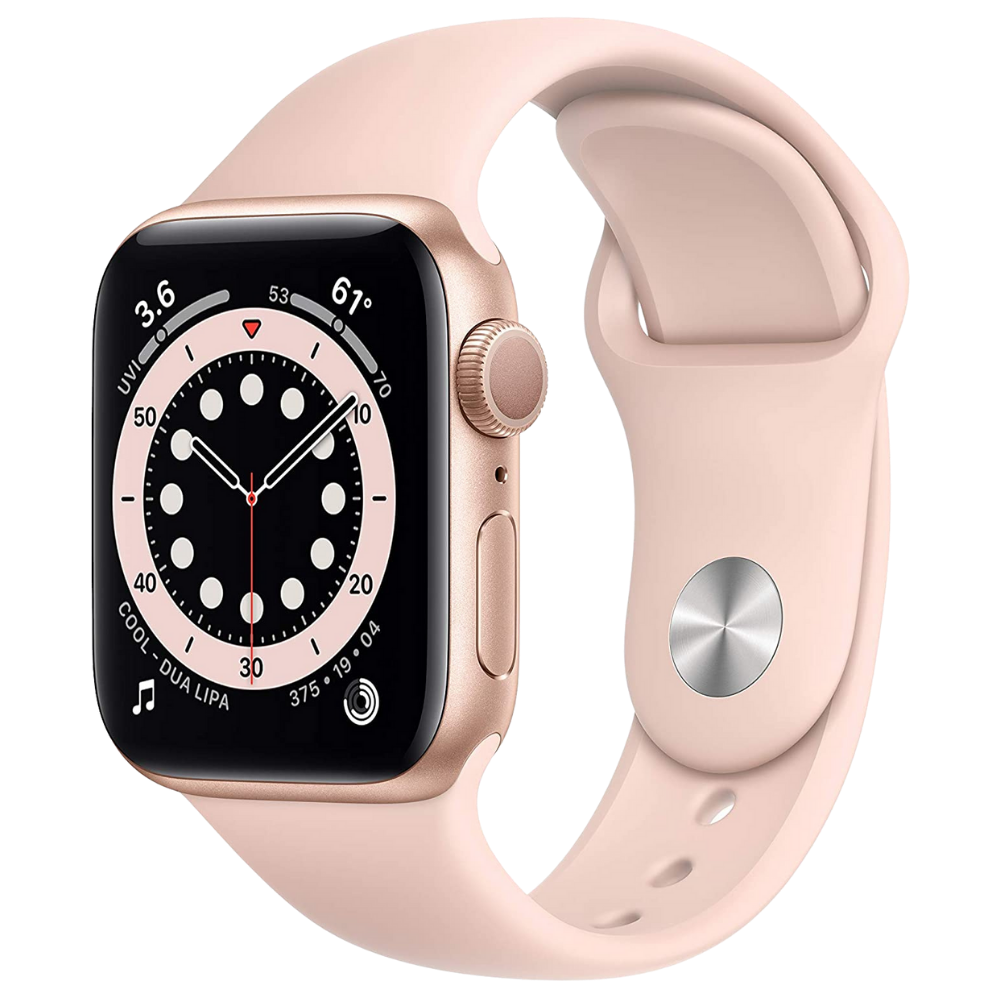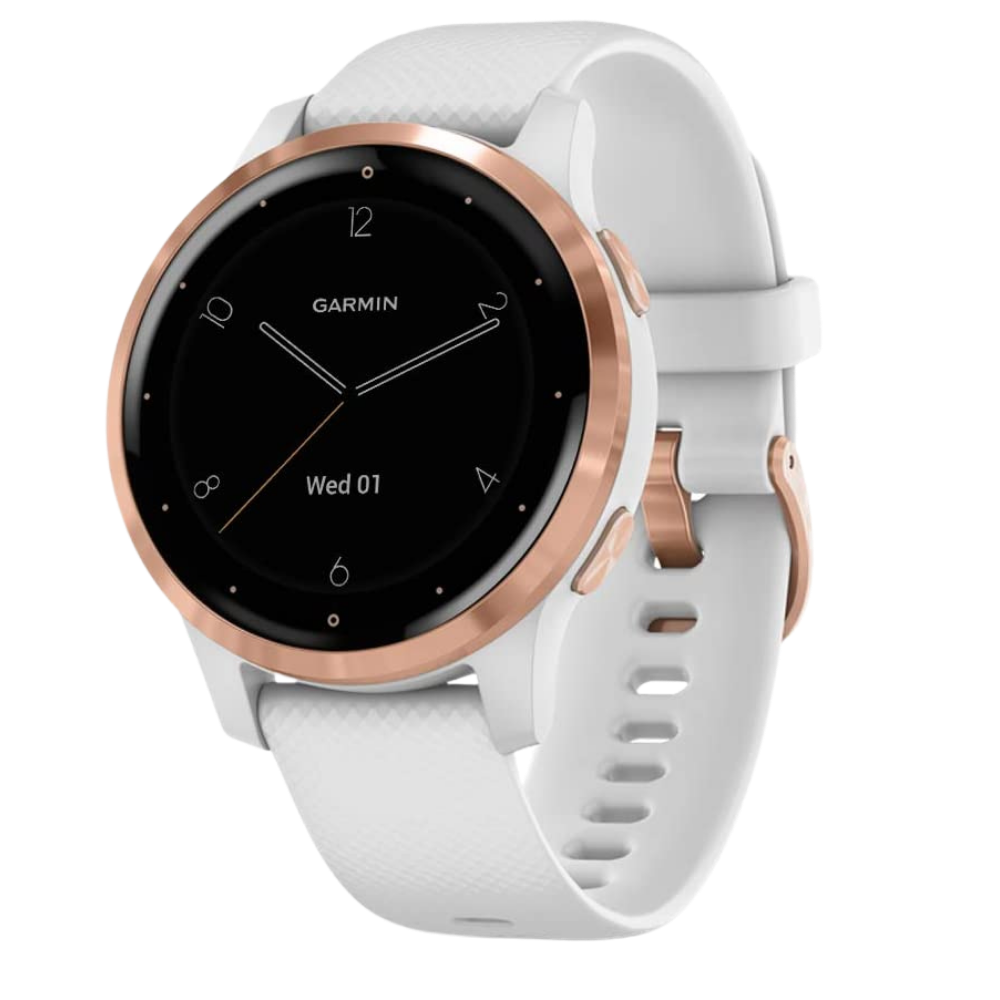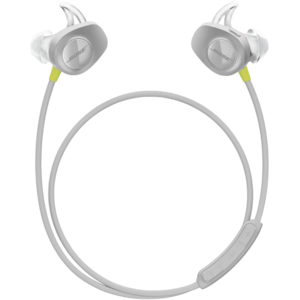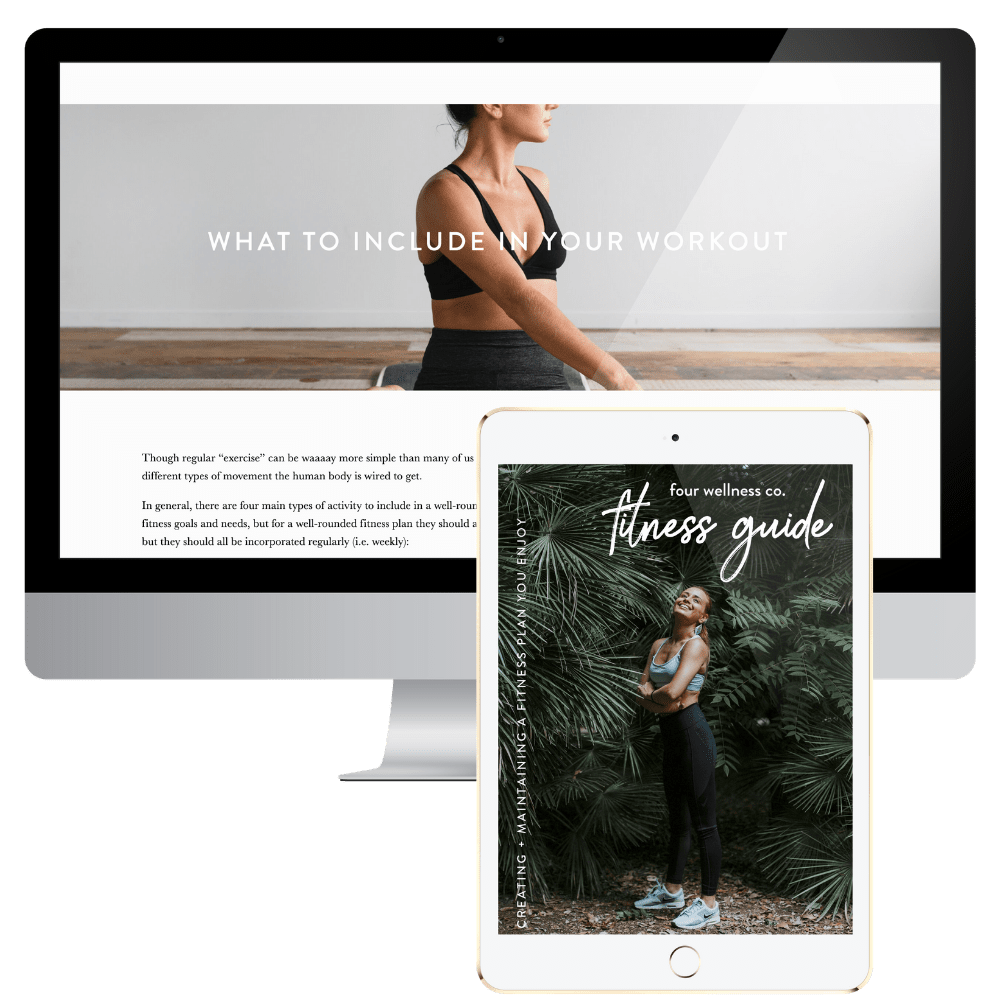The Most Important Marathon Training Supplies
This post contains affiliate links, through which we may earn a small commission if you choose to purchase, at no additional cost to you. We only share products or services we personally use & recommend!
Though running is certainly a sport that doesn’t require much equipment (woohoo!), there are some things that make long races like marathons or half marathons more comfortable and doable, especially for beginners.
Among our Four Wellness Co. team, we’ve personally completed both full and half marathons and found certain supplies to be particularly helpful along the way. Here are some of the top things we’ve found most useful while training for and running a long race:
Marathon training attire
Note: This is not a be-all-end-all list of supplies for elite runners, but as a starting point if you’re interested in running your first longer race. See our marathon training tips for beginners for more detail on training for your first marathon, half marathon or other race.
Running shoes
Quality running shoes are (of course!) the most essential piece of your marathon training supplies. Though we can’t recommend a specific shoe for you without knowing your foot shape, stride and training style, we strongly recommend you purchase shoes from a local running shoe shop that has trained staff available to help fit you with a proper shoe for your needs.
Good footwear is essential when logging lots of mileage and completing longer runs.
Keep in mind that, in general, you’ll want to purchase running shoes that are a half- to full-size larger than your usual shoe size to ensure your toes have enough space in the toe box as you’re striking the ground. Our friend Gabe, a former Division I collegiate runner, explains more about proper running footwear in this post.
Performance socks for distance running
While you could run in any pair of socks you own, specially designed running socks help to provide arch compression (aka reduce pain) and keep your feet dry and blister-free on long runs. We love these lightweight merino wool socks:
Calf compression sleeves
If you tend to suffer from calf or shin pain while running, compression sleeves can be helpful in promoting blood circulation and stabilizing muscles, reducing pain. Some come in full-sock form, but we like separate sleeves, which allow you to use them on a different laundry cycle than your socks—you can typically get a few more wears out of calf sleeves than socks before washing them. 😉
Sweatband
If you tend to sweat heavily while running and don’t want sweat dripping into your eyes (ouch!), a thin and comfortable sweat-wicking headband can be a lifesaver.
Running cap
A lightweight, breathable running cap protects your head and face on sunny days, while also wicking away moisture and keeping you cool. Look for breathable mesh or polyester, like this one we like:
Merino wool headband
For cold weather running, a merino wool headband keeps your ears warm while still allowing heat to escape through your head so you don’t overheat while running.
Marathon training gear
Fitness tracker
Tracking your runs with a specialized fitness tracker and app are helpful to monitor your pace, distance and heart rate while running, as well as to see post-run stats like total distance, average pace and heart rate graphs.
Here are some of the fitness trackers we like:
Some of the other helpful features of using a fitness tracker for your runs:
Mileage alerts
Pair your watch to bluetooth headphones if you like to listen to music or podcasts while running
Sync a credit card to your watch for cashless transactions while out-and-about (some models only)
Receive text messages to your watch (some models only)
One of the features to look for is built-in GPS in the fitness tracker vs. trackers that connect to GPS via your smartphone. Of course, built-in GPS is a bit pricier, but allows you GPS connectivity without bringing your phone on runs. (GPS connectivity is important because it more accurately tracks your distance and pace than the watch is able to do on its own.)
Running band
For shorter runs that you won’t need to carry water for, or race day when you’ll have water stations, this slim-fitting running band is comfortable to wear around your waist and easily fits a smartphone, keys, energy gels, etc., holding them nice and tight while you’re running.
Running vest with water bottle
On longer runs when you’ll need to carry your own water, a running vest can make those water bottles much easier to manage. We like this unisex vest with lots of storage, easy access to up to four bottles, plus a holder for poles (which means it can be used for ultra marathons too).
Bluetooth headphones
If you like to listen to music or podcasts while running, waterproof bluetooth headphones are useful for taking outside into the elements (and possibly getting rained on or sweaty). We like these headphones—they stay in your ears well, have volume and pause/play controls, and about six hours of playback.
Foam roller
A foam roller is essential for post-run recovery. There are many different styles of foam rollers, but for maximum effect we recommend choosing one with a trigger point grid (like the option below).
Lacrosse ball
For a little deeper massage, a lacrosse ball can help relive tension in tight fascia (connective tissue covering muscles), relieving pain and improving flexibility and range of motion.
Knee bands
Ideally you won’t need these, but if you experience knee pain on long runs, knee compression bands can help to dissipate pressure and lessen impact on the patellar tendon, ultimately helping you run longer with reduced impact on your knee(s).
Marathon training nutrition
Honey Stingers gels & chews
Refueling during long runs is super important to keep your energy levels up and avoid “hitting a wall.” (It’s recommend to refuel/rehydrate about every 45 minutes while running.) For mid-run fuel, you’ll want to look for easy-to-digest, low-glycemic carbohydrates, with a little salt to replenish your electrolytes. Honey Stinger energy gels and chews are a natural option formulated just for this.
We like this variety pack that includes four different flavors of natural chews. The gels are easier/quicker to eat when running in the sense that you don’t have to chew them, but they can get a little sticky.
Natural electrolyte drink
Though marketing would have you believe that real athletes stay hydrated with Gatorade, store-bought sports drinks (like Gatorade, Powerade, etc.) are full of questionable ingredients, and actually not ideal for long-term healthy living.
However, water itself is not enough during strenuous exercise, as the body is losing lots of minerals that need to be replenished—which is why we do need electrolyte beverages. To replenish your electrolytes while exercising, there are two good natural options:
Coconut water (as-is, it’s a great source of electrolytes)
A homemade electrolyte drink made with natural ingredients
Here’s our favorite go-to homemade electrolyte drink:
16 oz. water
juice of 1/2 lemon
1/8 - 1/4 tsp Himalayan sea salt
2 tsp raw honey
Shake or stir all the ingredients in a pint-sized mason jar and you’re good to go!
Pre-run snack
Though you should typically avoid running within a couple hours after eating a meal, it’s often helpful to have a small snack about 20-30 minutes before running (especially when training in the morning before breakfast). We look for high-energy, easily digestible pre-run snacks like:
Grab our fitness guide & workout plan
Training for a marathon or half marathon? 😄
Grab our printable/fillable Workout Plan—it’s included in our Fitness Guide, part of our Wellness Library of healthy living guides + resources:
FOUR WELLNESS TIP
Try these supplies to help out on long training runs or race days. (And, here are our marathon training tips for beginners!)

